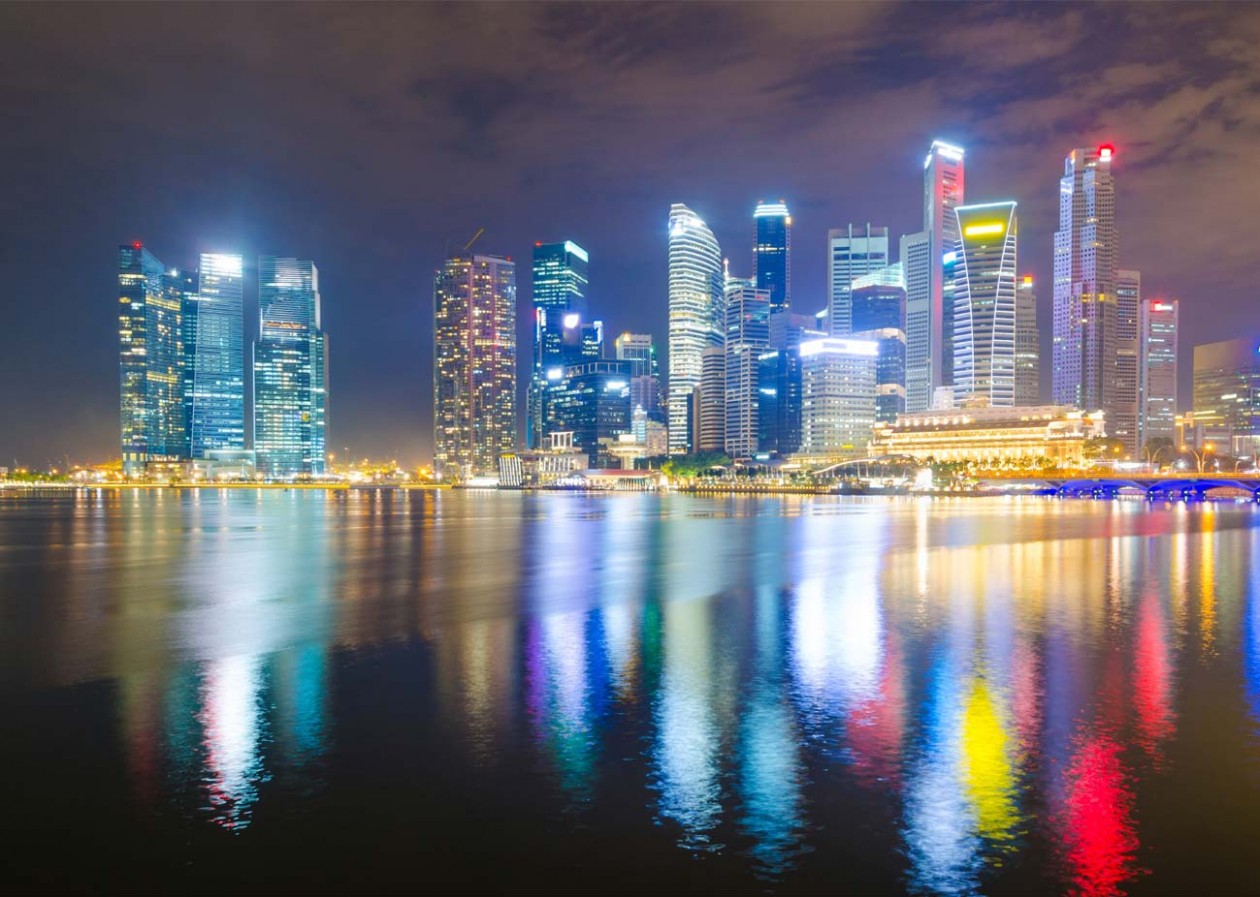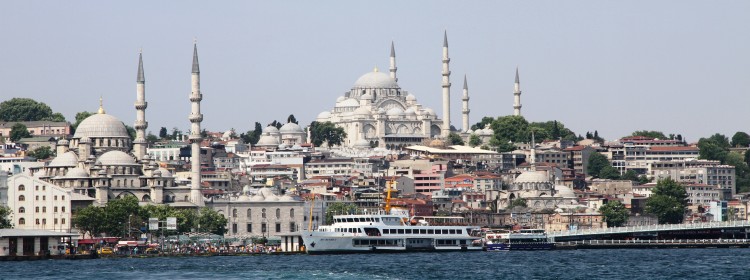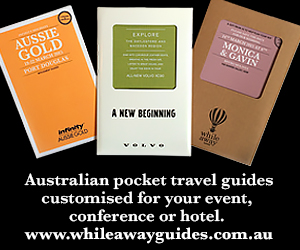In Istanbul recently, my wife and daughter-in-law had an experience that shook them up before leaving them feeling invigorated. They each paid around AUD70 for a scrub and massage at Cemberlitas Hamami, a Turkish baths complex built in 1584 by Nur Banu, the wife of a sultan.
In a steam-filled room, lit by windows in a domed ceiling, they were soaped, pummelled and pounded by robust Turkish female masseuses, after which they each had a massage. “I feel defoliated, clean, scrubbed, relaxed . . . wonderful,” my wife said afterwards.
Later that day, in a guide book, she found a reproduction of an ancient picture of the hamam – and recognised it. The interior of the baths had changed little in four-and-a-half centuries.
Much of Istanbul’s old city, the Sultanahmet, is like that, a dreamscape washed by the froth of history yet, to visitors at least, seemingly impervious to the pressures of ballooning population or changes ushered in by the digital age.
 For incentive travellers, especially history buffs, Istanbul can be a thrilling destination. Originally known as Byzantium, it was already a thousand years old when the emperor Constantine the Great made it the capital of the Roman empire in AD 330, when it became known as Constantinople. In 1453 it was captured by the Turks, becoming the capital of the since-dissolved Ottoman empire.
For incentive travellers, especially history buffs, Istanbul can be a thrilling destination. Originally known as Byzantium, it was already a thousand years old when the emperor Constantine the Great made it the capital of the Roman empire in AD 330, when it became known as Constantinople. In 1453 it was captured by the Turks, becoming the capital of the since-dissolved Ottoman empire.
It pays to plan
While even locals will tell you the secular, bustling city of 14 million is no longer the bargain destination it once was, with the Turkish lira relatively stable, Istanbul offers value if you plan ahead and take time to seek good deals. A decent hotel room can cost as little as $85 in Sultanahmet and a typically fabulous meal of antep ezmesi – a spicy tomato, chilli, cucumber and herb dip served with flat bread – börek (savoury meat-and-cheese-filled pastry), köfte (meat balls), salad and pickles will cost $15-20 in a myriad enticing restaurants. Getting around on trams, ferries and the new underground rail line is cheap – about a dollar a ride – and entry to historical sites is free or inexpensive.
Most know that Istanbul’s uniqueness can be attributed in part to the fact that it straddles Europe and Asia, the continents separated by the Bosphorus, the narrow, incomparably beautiful strait that links the Black Sea with the Sea of Marmara and Aegean.
As one scribe has observed, visitors should ideally approach Istanbul from the ocean, as most travellers did for the first twenty-six centuries of its existence. For me, today, it’s thrilling to catch a ferry (around $1.20 per ride) across the Bosphorus, with the sun sparkling on the water and the forest of spires, turrets and minarets of the city etched against the sky.
 Istanbul’s benevolent face belies a brutal but compelling past. More blood has been spilled on the ground on which camera-carrying tourists stroll than few other places on the planet. In AD 193, for instance, when refugees from Byzantium tried to escape besieging Romans by ship, they met an awful fate. In his book, Istanbul, the Imperial City, veteran American author John Freely quotes a Roman consul Dio Cassius: “The next day the horror was increased still more for the townspeople, for when the water had subsided, the whole sea in the vicinity of Byzantium was covered with corpses and wrecks and blood.” The survivors had to surrender to the Romans, who promptly murdered all surviving soldiers and magistrates of the city.
Istanbul’s benevolent face belies a brutal but compelling past. More blood has been spilled on the ground on which camera-carrying tourists stroll than few other places on the planet. In AD 193, for instance, when refugees from Byzantium tried to escape besieging Romans by ship, they met an awful fate. In his book, Istanbul, the Imperial City, veteran American author John Freely quotes a Roman consul Dio Cassius: “The next day the horror was increased still more for the townspeople, for when the water had subsided, the whole sea in the vicinity of Byzantium was covered with corpses and wrecks and blood.” The survivors had to surrender to the Romans, who promptly murdered all surviving soldiers and magistrates of the city.
Murder most foul
Murder was especially commonplace among the city’s rulers, many of whom drank themselves to death or were murdered in turn. One sultan amused himself by killing innocent passers-by with a bow and arrow. In January 1595, when Sultan Murat III died, his eldest son and successor Mehmet (pictured above) had all nineteen of his younger brothers strangled to ensure none would challenge him. Like many of their kin, they were buried in the garden of Haghia Sophia, the great church erected by Justinian (now a museum), which is adjacent to Topkapi Sarayi, the imperial residence and harem of the Ottoman sultans for four centuries, and the huge Blue Mosque, built in the early seventeenth century.
All of these attractions are open to the public and located in the old city on the European side of the Bosphorus. Like Paris’s Left Bank, this area is a maze of winding streets, hole-in-the-wall restaurants and cosy hostelries.
 One of the most enchanting is the Kybele Hotel (pictured), where we spent a night. Its interior is a melange of maroons, mirrors, marble, bric-a-brac and objets d’art, its public spaces linked by mysterious staircases and filled with nooks of the kind that might, in true Byzantine tradition, lend themselves to intrigue and Machiavellian plotting. The lounges, restaurants, bars and bedrooms are illuminated by over 4,000 lamps.
One of the most enchanting is the Kybele Hotel (pictured), where we spent a night. Its interior is a melange of maroons, mirrors, marble, bric-a-brac and objets d’art, its public spaces linked by mysterious staircases and filled with nooks of the kind that might, in true Byzantine tradition, lend themselves to intrigue and Machiavellian plotting. The lounges, restaurants, bars and bedrooms are illuminated by over 4,000 lamps.
The hotel is within easy walking distance of attractions like the Blue Mosque, Hagia Sophia, Topkapi Palace, the spice and grand bazaars and the extraordinary Basilica Cistern (below), said to be one of several hundred ancient reservoirs beneath the city and home to huge, slow-moving fish.
Willing to deal
Rates at Kybele Hotel start at around AUD190 per night, which includes an excellent buffet breakfast, and for groups the owners will negotiate a better rate, according to manager Vefa Yuksukcuoglu, who’s been working at the family-run property for 19 years. “When the booking’s solid we’re happy to be flexible,” he says. “On our ratings feedback, we always score ten for location and cleanliness and nine or ten for value – I think that says something about this hotel.”
 A ferry ride across the Bosphorus is a terrific way to gain perspective of the city. And a short trip in the Tünel, an underground funicular connecting the quarters of Karaköy and Beyoğlu, is worth, say, a half-day outing. Beyoğlu is the most active shopping, art, entertainment and nightlife centre of Istanbul. Its main thoroughfare, İstiklâl Caddesi, is a pedestrianised 1.6 kilometres street of shops, hip boutiques, cafés, patisseries, restaurants, pubs, wine houses and clubs, as well as bookshops, theatres, cinemas and art galleries.
A ferry ride across the Bosphorus is a terrific way to gain perspective of the city. And a short trip in the Tünel, an underground funicular connecting the quarters of Karaköy and Beyoğlu, is worth, say, a half-day outing. Beyoğlu is the most active shopping, art, entertainment and nightlife centre of Istanbul. Its main thoroughfare, İstiklâl Caddesi, is a pedestrianised 1.6 kilometres street of shops, hip boutiques, cafés, patisseries, restaurants, pubs, wine houses and clubs, as well as bookshops, theatres, cinemas and art galleries.
All providing a rich experience for incentive visitors to the city about which Napoleon Bonaparte once said: “If the earth was a single state, Istanbul would be its capital.”
From AUD190 per night
Voted by The Guardian travel people as one of the ten best boutique hotels in Istanbul, the Kybele is a riot of colour, from its sky-blue exterior to its chintzy, lamplit interiors. The best time to negotiate room deals is November to February. “[It’s] one of the most unique, friendly, magical places I’ve ever stayed in,” says one reviewer.
Email: kybelehotel@superonline.com
See video here:
http://www.youtube.com/watch?v=5GppPldHB6o
The Siteseer was a paying guest at the Kybele Hotel, below.





